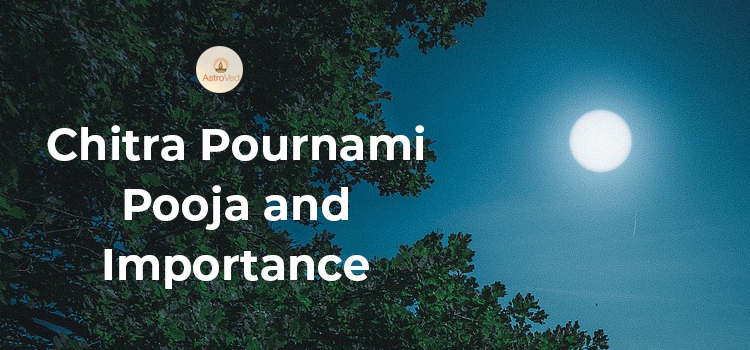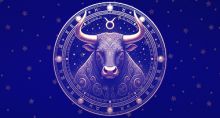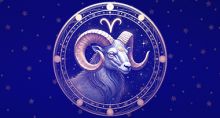Chitra Pournami Pooja and Importance
Chitra Pournami is observed on full moon day in the Tamil month, Chithirai (April 15-May 15). It is an important festival in Tamil Nadu. This is the day Chitragupta, Yama’s assistant, and book-keeper was born. Yama is the God of death in Hindu mythology. It is believed that Chitragupta is the person who keeps watch over the actions of people on earth. He notes down all the good deeds and bad deeds that a human being carries out during his lifetime. After they die and their souls reach Yama’s abode, they will be called to account for their deeds. If they have done good deeds, they will be rewarded for their actions, and if they have done evil things, they will be meted out punishments. Hence, Chitragupta plays an important role in Hindu cosmology. Some accounts claim that he is the younger brother of Yama. Others say that he was born to Goddess Parvati or to the divine cow, Kamadhenu. There is also a story that says Brahma, the Creator archetype, created him through the Sun God. This year, that is, 2020, Chitra Pournami 2020 is on May 7.

Chitra Pournami’s Importance
It is said that Chitragupta is the devata for the planet, Ketu. Hence, it is believed that worshipping Chitragupta on this day acts as a remedy for Ketu dosha. The only temple for Chitragupta in South India is located in Kanchipuram. Special poojas and rituals are performed on this day at temples and homes. People bathe in holy rivers or temple ponds in order to cleanse the sins they have committed in their life. This is an ideal time to cleanse oneself of one’s sins. People often observe a fast on this day and offer food to the needy. This helps them to receive blessings from the Almighty and remove their bad karma.
Chitra Pournami Pooja
There are certain rituals that are performed on Chitra Pournami in people’s homes, as part of the pooja. A maakolam would be drawn using flour, and nine kinds of grains (Navadhaniyam) would be offered in a sieve. Other offerings include white Pongal without salt, raw mango pachadi, sweet pidi kozhukattai (dumplings), panagam, neer mor, etc. This festival is celebrated more by women than men.
The women of the house bathe early in the morning, clean the entrance of the house, and draw a kolam using flour. The kolam depicts Chitragupta with a paper and a pen in his hands. Some women put a padikolam where the south side is open. This is supposed to allow entrance to Chitragupta. Before starting the pooja, some items have to be readied. These include pencil, paper, nine types of grains, dal, rice, etc. Sakkarai Pongal and moong dal payasam can be made for neivedhyam. Instead of cow’s milk, buffalo milk can be used. Even milk-based products should be avoided. This is because legend says that Chitragupta was born to Kamadhenu. During the pooja, people pray to Chitragupta to consider their good deeds and ignore their bad deeds. They also chant slokas given in Chitragupta Pooja books that are found in many bookshops.
Rules for fasting
After the pooja and naivedhyam, rice, dal, vegetables, and dakshina, can be given in a sieve or ‘muram’ to Brahmins. Most people eat curd rice without salt or eat nothing on this day. Generally, salt is avoided on this day.
Mantra for worshipping Chitragupta:
Mashibhajansanyuktaschrasi Twang! Maheetale| Lekhani-Katinihasta Chitragupta Namostute || Chitragupta Namstubhyam Lekhakaksharadayakam | Kayasthajatimasadya Chitragupta! Namostute ||



















